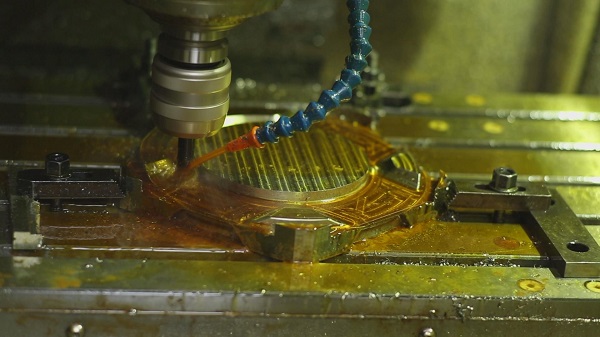Get in touch.
Dear,I will reply in 12 hours. All your message are protected!
Rapid Prototyping Services, Professional manufacturer of CNC Prototyping and 3D Prototyping in China.
CNC (Computer Numerical Control) machining is a widely used manufacturing process that offers exceptional precision and efficiency. When considering CNC machining for a project, it is crucial to understand how to calculate the associated costs accurately. In this article, we will provide a comprehensive guide on how to calculate the cost of CNC machining, ensuring that you can make informed decisions and optimize your budget.

1.Understanding the Cost Factors:
Before diving into the calculations, it is essential to identify the key factors that contribute to the cost of CNC machining. These factors include material costs, machine setup costs, tooling costs, machining time, complexity of the design, quantity of parts, and any additional post-machining operations. By considering these factors, you can determine the overall cost of the CNC machining process.
2.Material Costs:
Start by calculating the cost of the material required for the project. Consider the type, size, and quantity of the material needed. Acquire quotes from suppliers and factor in any additional costs such as shipping or handling fees. Keep in mind that certain materials may require specialized tooling, which can impact the overall cost.
3.Machine Setup Costs:
Machine setup costs include the time and resources required to prepare the CNC machine for the specific project. This includes installing the cutting tools, securing the workpiece, and configuring the CNC program. Determine the labor cost associated with the machine setup, considering factors such as the complexity of the setup and the experience level of the operator.
4.Tooling Costs:
Calculate the cost of the cutting tools required for the CNC machining process. Consider the type of tooling needed, such as end mills, drills, or specialty tools. Take into account the tool life and the number of tools required for the project. Tooling costs can vary based on the material, geometry, and coatings of the cutting tools.
5.Machining Time:
Estimate the time required to complete the CNC machining process. This includes the actual cutting time, tool changes, and any necessary adjustments. Determine the labor cost associated with the machining time, considering factors such as the complexity of the design, the machine's cutting speed, and the operator's skill level.
6.Complexity of the Design:
The complexity of the design directly affects the machining time and the overall cost. Intricate designs with intricate features or tight tolerances may require more time and resources to machine. Evaluate the complexity of the design and adjust the cost calculations accordingly.
7.Quantity of Parts:
Consider the quantity of parts required for the project. In general, CNC machining becomes more cost-effective for larger production runs, as the setup costs can be spread across multiple parts. Calculate the cost per part based on the total cost and the quantity required.
8.Additional Post-Machining Operations:
If any post-machining operations, such as deburring, polishing, or coating, are necessary, factor in the associated costs. These operations may require additional labor, materials, or specialized equipment.
© 2005-2025 Shenzhen Tuowei Model Technologies Co., Ltd. | All Rights Reserved 粤ICP备11096697号